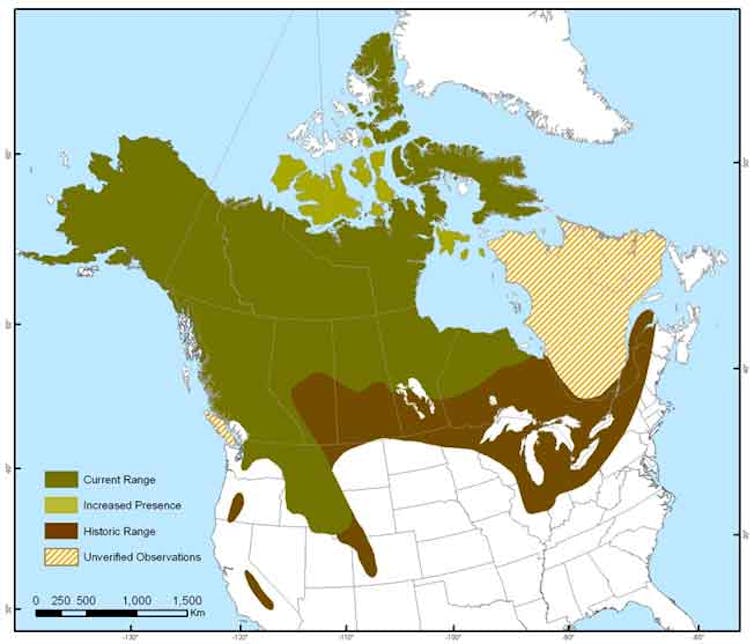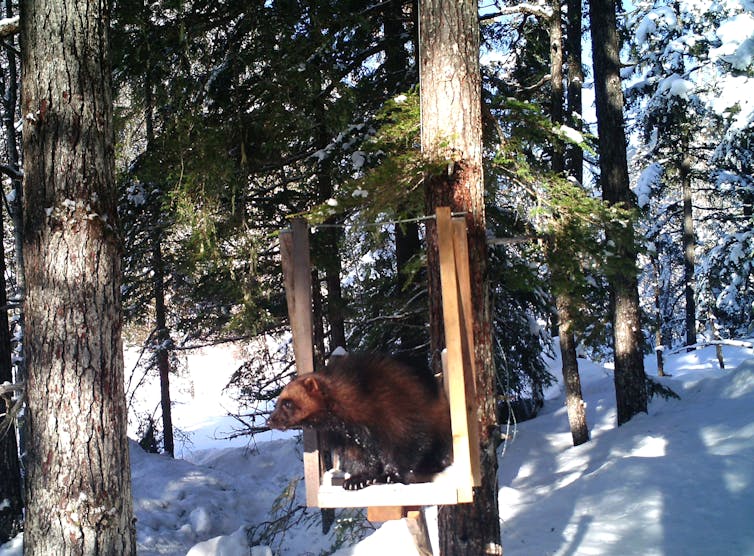BirdLife International recently released its “State of the World’s Birds” report and it doesn’t look good for our feathered friends. Although conservation efforts have been attributed to the rebound of waterfowl and wetland birds like geese and ducks to the tune of about 150 per cent since the 1970s, overall, half of the world’s bird species are in decline, with one in eight facing extinction.
Birds Canada has been contributing vital data to the report, published every four years, and the information could ultimately save our birds.
“People feel like they can’t make a difference… and they can,” says Andrew Couturier, the senior director for landscape science and conservation with Birds Canada.
Canada also publishes our own “State of Canada’s Birds” report, most recently in 2019, which dials down our domestic bird issues, taking into consideration Canada can’t claim exclusive title to many birds, given their migration to other areas to winter or breed. An amazing 66 per cent of the trends concluded in the report came from volunteer citizen scientists, who populated data for breeding bird atlases, the Christmas Bird Count and eBird Canada checklists. In a world where information is power, it’s the monitoring of the numbers that informs the identification of threats, and where action would be most beneficial. Specifically, the establishment of Important Bird and Biodiversity Areas (IBAs), key spots where birds may breed, feed, winter or gather while migrating, are designated with this species and location specific information.
8 ways to help birds during the fall migration
Those IBAs consider the needs of, and risks to, bird species, according to their specific habits. For instance, birds reliant on Canada’s native grasslands have declined a dramatic 87 per cent since 1970. The biggest reason? The increase in crop agriculture. But what volunteer led data showed was that cattle farmers may provide a solution, at least for some species. “Due to the conversion to agriculture in their breeding grounds, there’s hardly any habitat left. But now we have budding relationships with cattle ranchers, whose pastures mimic grassland habitat,” says Couturier. “When ranching is done properly, there’s a high diversity of other creatures as well.”
Hurricane Fiona’s devastation to Nova Scotia, P.E.I., and Newfoundland, whose intensity may be attributed to climate change, could be an example of what Canada’s shorebirds and seabirds are facing. Canada’s bird report states our shorebirds have declined by 40 per cent, but seabirds have been devastated with 55 of 58 species now of conservation concern. Couturier worries that Fiona may have destroyed vital habitat. “Our shorebirds aren’t there now, but when they come back, they may have no beach to breed on.” Monitoring birds that historically bred in these areas will be especially vital in the next few years.
Excepting species like the evening grosbeak that depend on the seeds and fruit of Canada’s mature forests (forest crop specialists have declined by 39 per cent), the rest of the 20 per cent of forest birds that stay in Canada during the winter have increased by 34 per cent. Unfortunately, those that migrate to South America have declined by 31 per cent. One of the actions Couturier recommends for those that migrate is buying bird friendly coffee. “Most coffee is from clear-cuts.” For birds who winter here, Canadians can advocate to save our mature trees and forests, limit pesticide use, and help to establish IBAs and networks of protected areas.
Help winter wildlife with tips from Hope for Wildlife
Pesticide use is also a big factor in the world’s reduction of insects, including pollinators. Birds like nighthawks, barn swallows, and bluebirds that feed by catching insects while flying, all once so plentiful their names included the words “common”, have decreased in numbers in Canada by 59 per cent since the 1980s. The signal this depletion sends is as relevant to humans as when coal miners used canaries.
But Couturier still believes that since we’ve turned the tide for endangered birds before, we can again, especially since data informs us now of where best to focus are efforts via the IBA’s. “If we make the case to landowners that have been doing something right or special…we’ll be helping landowners to steward. There are so many people that practice bird feeding, that are clearly interested in birds, but only a small proportion join in the programs.”
The IBAs have been so successful, they inspired KBAs, or Key Biodiversity Areas that encompass all forms of biodiversity. “We always knew that IBAs were bigger than birds,” says Couturier.
It’s hard to argue with the facts. According to the “State of the World’s Birds” report, between 21 and 32 bird species would have gone extinct sometime between 1993 and now, if it hadn’t been for conservation efforts.
The rebound of waterfowl and wetland birds, and the increase of about 110 per cent of birds of prey such as bald eagles and ospreys, are also greatly accredited to data led investment in conservation and cooperative stewardship of their habitats.
Why bald eagle populations have bounced back
Canada’s federal government is among many that has set a goal to protect 30 per cent of land and seas by 2030, and are increasingly using Important Bird and Biodiversity Areas and the newer KBA designation to target the areas that will get the best results. According to Couturier, as of now about 17 per cent of that target has been met.
If we put the same amount of effort into saving our shore, grassland, and aerial insectivore birds, as we did with waterfowl, wetland, and birds of prey, what could we accomplish?

Related Story Hope for Wildlife helps birds caught in Hurricane Fiona
















